
Launching an ecommerce business is easier than ever, thanks to platforms like Shopify and BigCommerce. Getting potential customers to your online shop, however, takes a bit of strategy.
And unless you have a massive marketing budget to hire all of the experts in the industry to run your marketing campaign for you, a lot of those marketing efforts fall on the shoulders of the business owner (you).
And boy, is there a lot to it.
But don't worry, once you set up a solid marketing strategy, a lot of it can sort of run itself.
I know, it sounds too good to be true. (It's not.)
That's not to say that there won't be a lot of hard work and long-term maintenance involved. But much of digital marketing can be automated and optimized, allowing your initial marketing efforts to bring you customers and cash flow for months to come.
And if you're just getting started, then creating a good foundation is super important. Rather than focusing on marketing tips and tricks or growth hacks, I’m going to lay down the most important foundations of marketing that every successful business owner must master for long-term success.
If you start with these, then your online shop will have a firm foundation to grow from.
Here are 12 super important marketing tips that every online shop owner absolutely must know when they launch their ecommerce business.
While understanding your product might seem like the logical first step when creating a marketing strategy, understanding your target audience is an often overlooked important first step.
After all, your target audience is made up of your potential customers, the people that will be spending their hard-earned cash on your products or services.
So it makes sense that you'll want to understand them, what motivates them to make a purchase, and how you can connect with them.
If you want easy access to your target audience, then first take a look at your existing customers. They're your ideal audience as they've already made a purchase in the past. So their interests, habits, and general demographics seem to work for your business strategy.
And if you don't already have paying customers?
Then look at your competition.
Other businesses selling similar products or services as what you offer will likely have a similar audience to what you're after. Their paying customers are your potential customers, so get to know them well.
A few questions that you'll want to answer before starting any marketing efforts are:
Understanding these key points will help you understand your audience intimately and you can get a lot of this information by digging deep into the audiences of other businesses.
Luckily, many ecommerce platforms like Shopify or BigCommerce make it super easy to create a solid website that is beautiful and easy to navigate.
But sometimes creativity gets the best of us and we go a little wild on design or concepts. Or, alternatively, we lump things together in ways that don't make sense, making it like searching for a needle in a haystack just to find the damn thing you want.
Think about it. You've likely experienced that too while browsing some websites or online shops.
And what happened?
You probably clicked right out of that website without ever finding the thing you wanted.
It's not difficult to understand that this is bad for business. It's also really bad for SEO.
When the search engines see that users are bouncing out of your website instead of clicking further along, through to purchase, they will assume that your site is poor quality. And when that happens, the search engines will bury your site so deep on the results pages that your potential customers will never find you organically again.
It sounds dramatic, but it's true.
To avoid that, create a beautiful website that is super easy to navigate. This women’s fashion online shop, for example, makes it a breeze to shop the categories right from the menu bar.
If you're unsure whether or not your site is easy to use, then tools like Hotjar allow you to record user behavior on your site so that you can watch how they navigate your site (and when they click out of it).
Or you can ask your friends and family to click through your site and watch them as they do it.
Ask them to shop like they normally would and maybe even suggest a product or two that you think they would like, then encourage them to find it on their own.
This way, you'll get an intimate look at what the experience is for your potential customers to work through all of the pages of your online shop.
To keep your online shop user friendly, try to follow these best practices:

In the example above, Tiny Rituals has a simple drop-down menu that organizes its products by category. Then they include shop cards to the right to make it even easier to find what you’re looking for right from the menu.
One of the best marketing tips for both small and big businesses alike is to test everything. Test your digital marketing strategy, test your social media marketing strategy, test your content marketing strategy...
...and then test it again. As your data grows, you can even apply marketing mix modeling (MMM) to see how different channels work together and where your budget delivers the most impact.
From the title of your blog post to the kind of filter you use on Instagram to the copy you use in ads to the color of buttons you use in your emails, test every single thing that has the option to be different.
Why?
Because you want to be absolutely certain that you're doing everything you can to facilitate conversion and you can only be certain if you know that you've chosen the highest converting buttons, filters, subject lines, etc.
For example, you can accidentally decrease opt-in rates on your website by including an additional form field. Or you can increase conversions by over 600 percent simply by having a single-column layout on your website.
You know, test stuff like that.
Here are a few tips on how to successfully test anything:
Search engine optimization is single-handedly the best digital marketing strategy with the greatest return-on-investment (ROI) month over month...
...and year over year.
When you take the time to optimize your site for search engines, then you naturally connect with your audience through search engines. Your only upfront costs come from a single blog post, a set of well-written product descriptions, or solid category page descriptions.
While there are entire careers built on SEO and content marketing (like yours truly), you don't need to hire a professional SEO strategist to cover a few powerful SEO ecommerce basics on your own site.
And with that, you can bring in quality organic traffic for free for months and years to come.
To get started, you gotta first understand what helps website rank on Google. There is a lot that goes into ranking well, but it can basically be broken down like this:
Take the time to properly educate yourself on the basics of SEO so that you can apply them to your own online shop. Of all of the marketing tips in this list, this will have the greatest impact on the success of your shop.
Google Analytics is a free tool that gives you powerful insights in real-time about your audience.
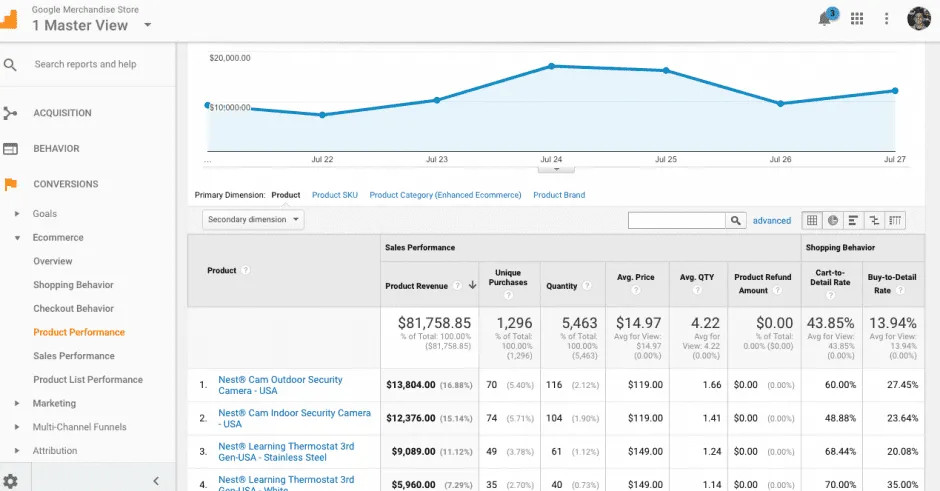
It allows you to closely examine
All of this data is especially helpful when you're running all of your tests.
If you're unfamiliar with Google Analytics, then there are plenty of online training courses or guides to Google Analytics that you can go through to get the basics and earn a certificate of completion.
And if you can understand Google Analytics, then you can avoid wasting your money or time on campaigns that simply don't work and cash in on those that do. For small businesses or startups, leveraging fractional hiring for analytics expertise can be a cost-effective way to set up and interpret Google Analytics efficiently.
One of the most powerful marketing tactics you can use is to focus on the product benefits in your content strategy rather than the product features. Where the features include details like color, weight, material, and other technical specs, the product benefits describe how those specs directly improve your life.
And that's the whole reason why customers are interested in buying the product in the first place.
No matter where you're talking about your products or services, from Facebook ads to product descriptions to your email marketing campaign, focus more on the benefits of the product than the features.

Take a look at this product description by McTavish Surfboards. The benefits to the potential buyer are described as being able to "handle everything thrown at it, from dribbly little slop to a clean six-foot day at a sucking reef or point."
And when you're a surfer, then you know the tremendous value in this benefit.
Serious surfers likely already know what kind of fin, board length, and lamination they want on their boards, so these kinds of features aren't going to close the sale for the potential customer.
But the way the marketing team describes the benefits of those features will.
So many marketing experts go on and on about Facebook ads, promising small business owners huge rewards if they can get them right.
And it's true.
The risk, however, comes when there is no social media marketing strategy in place to determine what kinds of ads work best and on which marketing channels. For instance, do your customers convert better on Facebook or Instagram? Do videos perform better or images? Should you use emojis in your ads or text only?
This is why it is so important to first get to know your potential customers and why it is so important to test things out.
The good news is that Facebook ads have marketing automation built into their platform.
All you have to do is indicate the best product-market fit by selecting your audiences, choosing a few different Facebook posts and Instagram stories to test on those audiences, and then letting the automation do the rest.
You can see this small business Isla Ida followed exactly those steps.
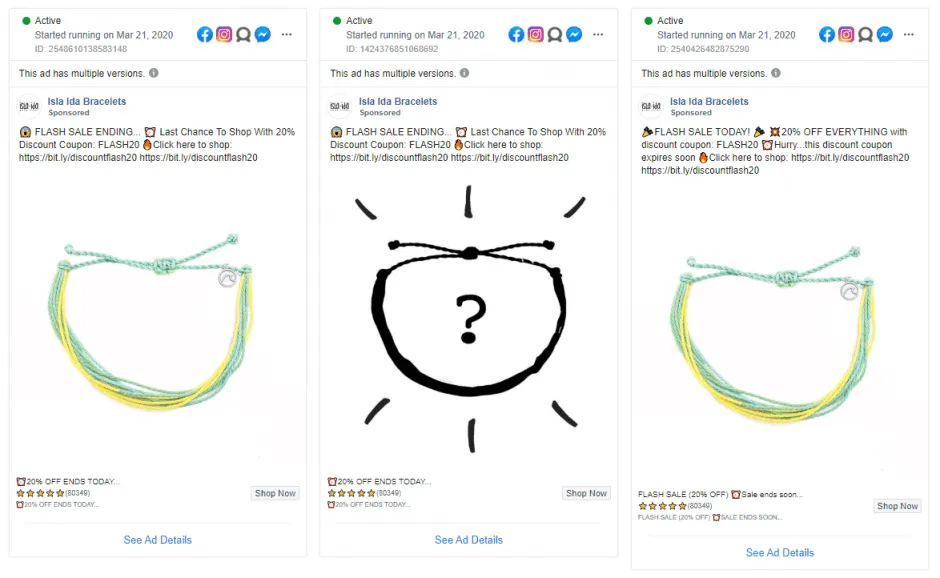
They selected multiple versions of their ads.
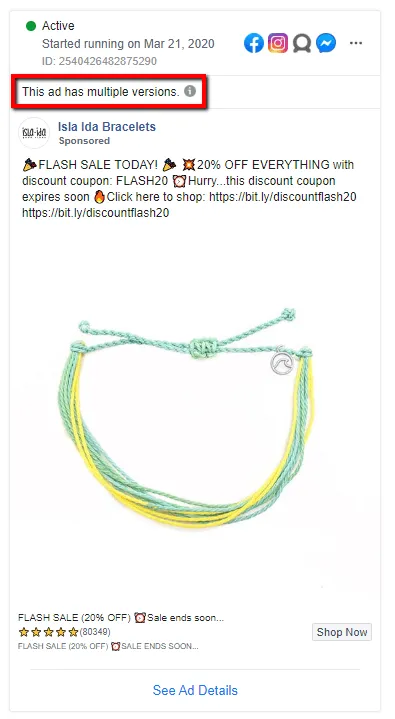
And ran them on multiple marketing channels, like Instagram, Facebook, Messenger, and the Facebook Audience Network, which is any off-Facebook mobile app that allows Facebook ads to run.
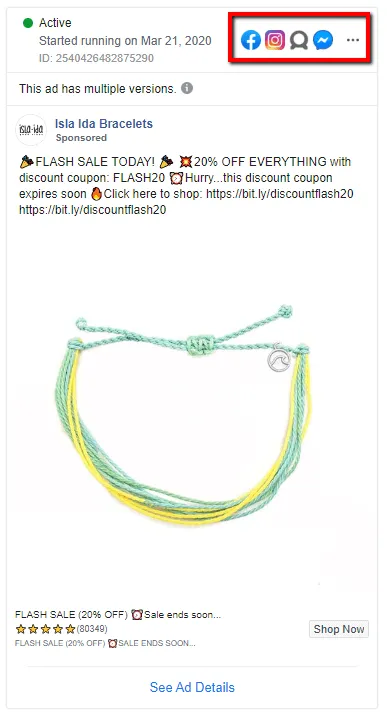
The marketing automation feature automatically chooses the most successful version of the ad per channel.

It doesn't stop there, though. You'll also notice that these ads all mention sales or discounts, include lots of emojis, and show the products on a white background.
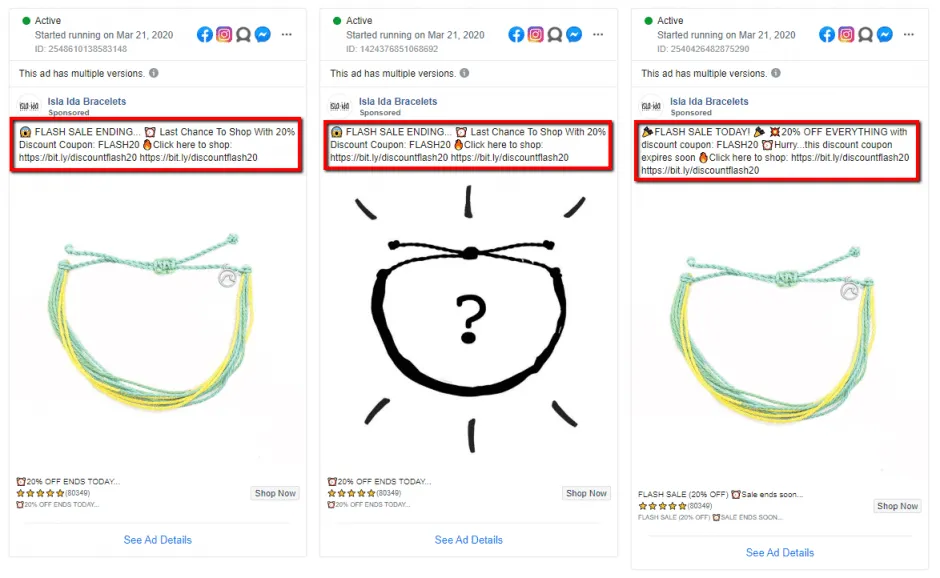
These are likely details that were tested in previous ad sets and proven to be the most effective, so were continued in all of the ad sets they are now running.
It doesn't take a robust marketing plan to significantly improve the efficacy of your ads. It just takes careful testing and, honestly, solid marketing automation.
You know all of those pop-ups that get in the way of you actually enjoying the website you are trying to browse? By the time you click your way through the pop-ups much as if you’re swatting away flies, your interest in the page itself significantly drops.
Don’t be like that.
But do use pop-ups because the truth is that they work. And depending on how you use them, they can work really well.
And the more strategically you use them, the more effective they are.
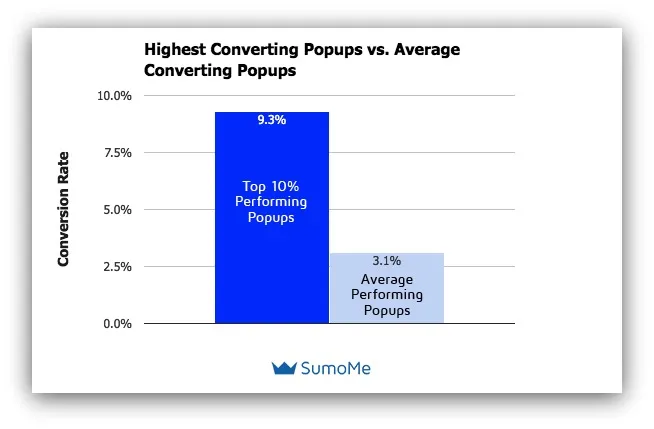
Here are a few tips for strategically using pop-up opt-in forms on your website:
Email marketing is a classic marketing tactic that has worked since its inception in 1978. It’s so effective that it is 40 times more powerful than Facebook and Twitter marketing combined.
Why?
Because it allows businesses to connect with their customer base on a person-to-person level. The majority of people access their emails simply by reaching into their pockets for their smartphones and email marketing ensures that your emails are right there waiting for them.
Really good email marketing campaigns send emails that are engaging, relevant, and interesting. They’re personal enough that the readers feel like they’re truly connecting with the brand and interesting enough that they look forward to reading.
And they don’t come off as salesy or pushy.
When you’re creating your email marketing plan, be sure to create an email sequence that is super tailored to the people the emails are being sent to…
...unlike this Postmates email that was sent to me in a mass push that was absolutely not targeted whatsoever. (I am vegetarian and have never ordered fast food in my entire time using the app.)

If you send emails like that, then your open-rate will drop and signal to the mail servers that your emails are largely unwanted.
Which can land your emails in spam, making it nearly impossible to reach your audience altogether.
This newsletter by Sivana East, however, perfectly fits my demographic and mostly just provides helpful tips on how to get through this self-isolation period. (At the time of this writing, the entire world is on lockdown due to the COVID-19 pandemic. Email marketing has had to majorly pivot for many industries.)

It’s not salesy and, instead, is actually really interesting. It also gives me something to do during this quarantine period, which I appreciate.
This makes me more likely to open their emails in the future. And when that kind of behavior happens, it increases the brand’s chances of making a sale later down the road.
This is the power of sending relevant and useful content to your audience, which is only possible if you take the time to really get to know your audience.
Email marketing can get even more targeted than that, though.
You can trigger a sequence of emails based on
Depending on which email automation platform you use, it would look something like this:

When you set up your online shop, take the time to also set up a super targeted email marketing plan. That way, when you are getting traffic to your site, you are ready to turn those clicks into solid leads.
So far, this entire article has talked about setting up the foundations of your ecommerce business so that your marketing efforts will pay off.
But the single most powerful marketing tactic any business can have is positive customer reviews.
Why?
Because even if your website is ranking well on the search engines and you’ve got a beautiful email sequence, nobody will want to buy from you if they don’t trust your business or brand. And the best way to build that trust is through customer reviews.
In fact, 85 percent of consumers trust online reviews just as much as they trust personal recommendations and 73 percent of consumers say that positive reviews make them trust a business even more.
Perhaps more importantly, positive customer reviews can increase your conversion rates by a whopping 270 percent.
So, yeah. Positive reviews matter.
Positive reviews walk your potential customers straight to purchase and all you had to do was make those reviews easily available.
There are tons of apps and plug-ins that make this an easy process for you. Even certain email marketing platforms will integrate with these apps to help automate the review gathering process.
And don’t worry, happy customers will happily leave positive reviews for you. One study found that 64 percent of customers who were asked to leave a review are willing to do it.
When asking for customer reviews, here are a few things to keep in mind:

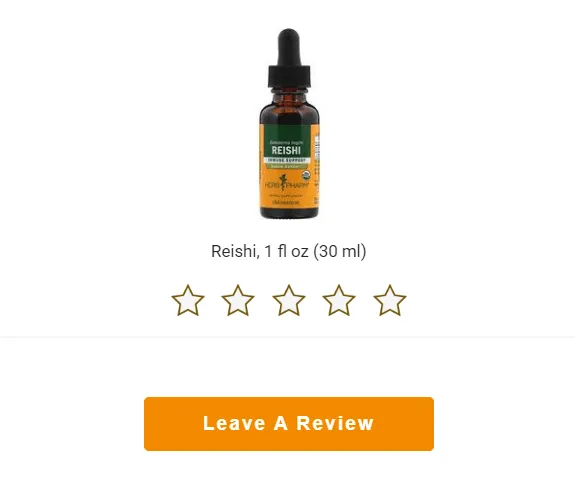
Just like customers rely on reviews to inform their decision when making a purchase, customers really trust products or brands that their friends refer them to.
In fact, 65 percent of new business comes from referrals and word-of-mouth marketing coverts three to five times better than any other marketing tactic.
So implementing a referral marketing strategy in your overall marketing plan is a good idea.
All you need to do is outline your referral marketing incentives, integrate it with your email automation, and let your existing customers do the work for you.
Customer service is just as much a part of marketing as some fancy scheme that relies on emotions and colors to convince people to buy your product.
Because people are way more influenced by human-to-human connection than they are by which color the product is packaged in or which crazy headline you used to get them to your website.
This is why the old saying ‘the customer is always right’ has stuck around for so long…
...not because the customer is always right, but because the relationship with the customer is the most important thing that a business can build if they want their customers to stick around.
So how do you provide quality customer service as an ecommerce business?
By being human and showing up.
Meaning, respond to messages with compassion and try to do it in a relatively timely manner (ie less than 24 hours response time). If customers can connect with you and your brand on a human level, they’re more likely to be satisfied and leave positive reviews, refer your brand to a friend, and return in the future.
All of which is a whole lot cheaper than placing ads.
Here are a few tips for providing virtual customer service:
While there are no doubt lots of quick and dirty marketing tips out there that you can use to create flashy advertising campaigns, none of them will be as effective or sustainable as creating a solid foundation as outlined in the 12 marketing tips listed here.
If you start with these, then your business will be in a good place to win customers and keep them coming back.
Think we missed something? Drop your marketing tips in the comments. Let’s share our knowledge :)
Marquis Matson is an SEO analyst, content marketer, and writer. She specializes in search engine optimization for ecommerce sites in the yoga and wellness niche. She lives as a digital nomad, spending time in Ecuador, California, Thailand, India, Australia, and more. You can find her on LinkedIn, Twitter, or at marquismatson.com.
Grow your sales at a ridiculously
lower CAC.